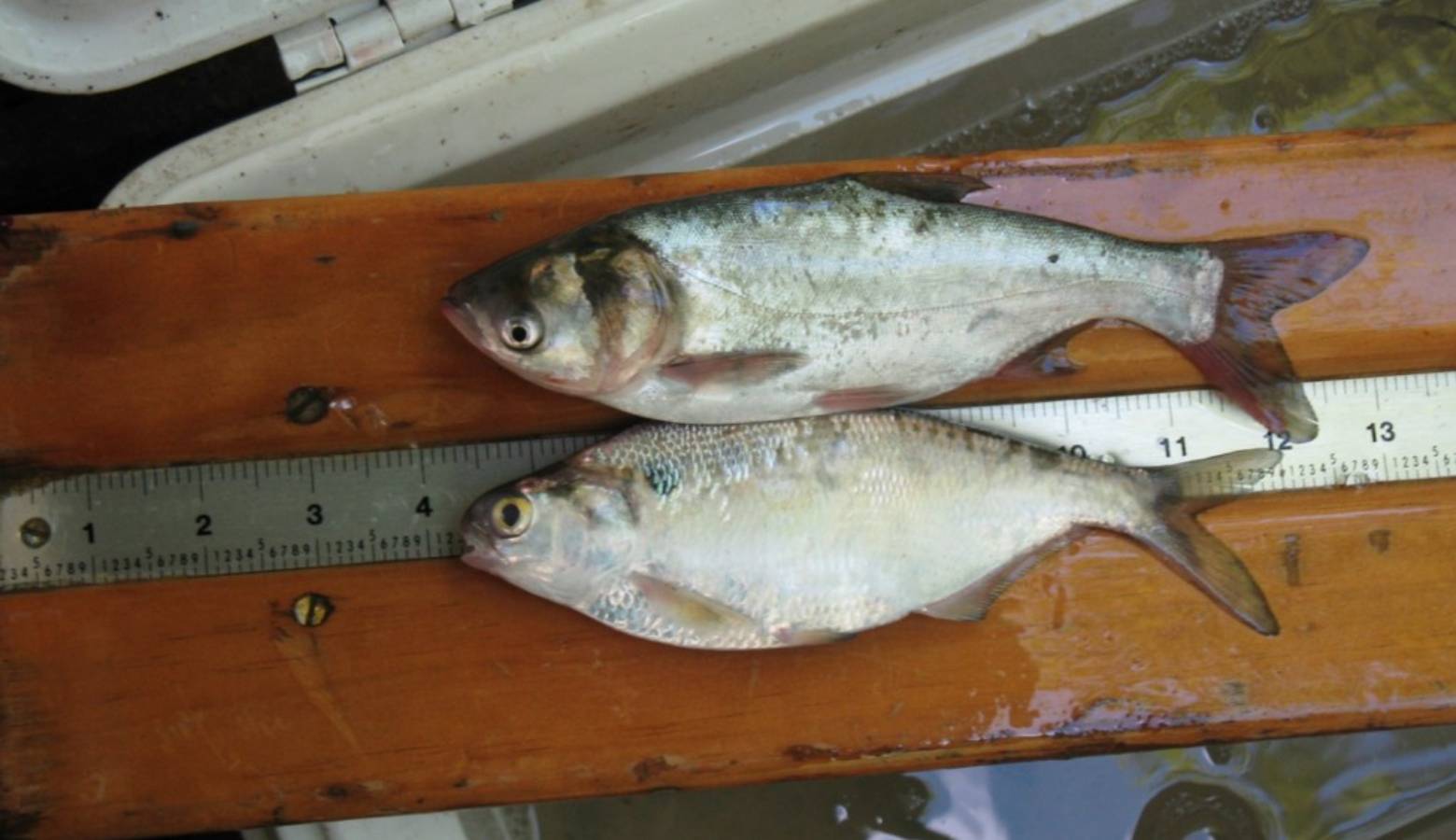‘Bait’ Near Dams Could Be Asian Carp

The Indiana Department of Natural Resources is trying to raise awareness about a new fishing rule intended to prevent the spread of Asian carp.
The law, which took effect on Jan. 1, made it illegal to collect minnows 500 yards downstream of a dam. Dave Kittaka is the District 5 fish management biologist for the DNR.
He says when fish feel a heavy current, they tend to swim upstream where they might find a dam. Kittaka says Asian carp minnows often look a lot like shad and other popular bait fish.
“You really don’t know what you have for bait because there’s 58 species of minnows in Indiana,” he says.
The DNR is working to put up advisory signs near dams by Lake Lemon in Monroe and Brown counties to help prevent carp from reaching the lake from the White River. He says if a fisherman were to unknowingly dump their bait in a waterway like Lake Lemon, it would be detrimental.
“To prevent them from getting in there, that’s pretty much our only recourse. Because once they get in there there’s nothing we can do to stop it,” Kittaka says.
He says a DNR biologist recently found an adult Asian carp near the lake that had been caught by a bow fisherman. No Asian carp have been found in Lake Lemon.
Indiana Environmental reporting is supported by the Environmental Resilience Institute, an Indiana University Grand Challenge project developing Indiana-specific projections and informed responses to problems of environmental change.
